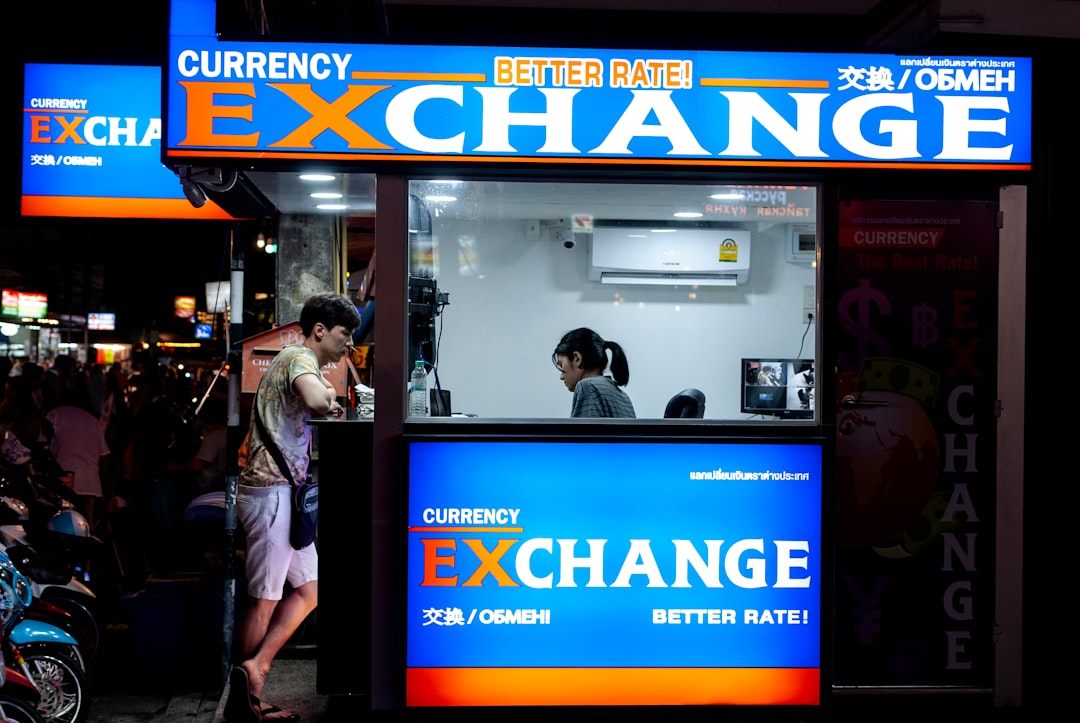The global steel market is a complex web of interconnected factors, and one of the most significant influences on steel pricing is the fluctuation of foreign currencies. Whether you’re a steel producer, importer, exporter, or investor, understanding how currency exchange rates impact steel prices is crucial for effective decision-making and risk management.
Understanding the Interplay of Currency and Steel Prices
Steel, a globally traded commodity, is priced in various currencies, most commonly USD, EUR, and CNY. However, transactions often involve multiple currencies, creating exposure to currency risk. A strengthening US dollar, for example, can make steel imports more expensive for buyers in countries with weaker currencies, while simultaneously making exports from those countries cheaper for US buyers. This dynamic interplay significantly impacts profitability and competitiveness across the entire steel supply chain.
The impact isn’t uniform. Different countries have different levels of dependence on imported steel, diverse currency regimes, and varying levels of domestic steel production. These factors interact in complex ways, making accurate forecasting challenging but essential for strategic planning.
Key Factors Influencing Steel Prices in Foreign Currency
Several factors beyond the direct exchange rate contribute to the volatility of steel prices when expressed in foreign currency. These include:
- Global Supply and Demand Dynamics: Changes in global steel production, driven by factors like raw material availability (iron ore, coal), energy prices, and economic growth in major steel-consuming countries (China, India, US, EU), significantly influence prices. High demand pushes prices up regardless of currency fluctuations, but the currency effect amplifies or dampens the impact.
- Geopolitical Events: Political instability, trade wars, sanctions, and disruptions to global supply chains can cause significant price swings. These events often trigger currency fluctuations, further complicating the pricing landscape.
- Raw Material Costs: The prices of iron ore, coking coal, and scrap metal, all denominated in various currencies, directly impact the cost of steel production. Currency fluctuations affect the cost of these inputs, leading to price adjustments in the final steel product.
- Freight and Logistics Costs: Transportation costs, including shipping and handling, are also influenced by fuel prices and currency exchange rates. These costs are often passed on to the final price, adding to the currency-related complexities.
- Government Policies and Regulations: Tariffs, quotas, subsidies, and environmental regulations imposed by different governments can significantly affect steel prices and trade flows, interacting with currency fluctuations.
Hedging Strategies for Managing Currency Risk in Steel Trading
Given the inherent volatility, businesses involved in international steel trade often employ hedging strategies to mitigate currency risk. These strategies aim to lock in exchange rates or limit potential losses due to adverse currency movements. Common hedging instruments include:
- Forward Contracts: These agreements lock in a specific exchange rate for a future transaction, eliminating uncertainty about the currency exchange at the time of settlement.
- Futures Contracts: These contracts allow businesses to buy or sell currency at a predetermined price on a specific future date. They offer flexibility compared to forward contracts but involve a degree of market risk.
- Options Contracts: These provide the right, but not the obligation, to buy or sell currency at a specific price within a certain timeframe. They offer greater flexibility but at a higher cost than forwards or futures.
- Currency Swaps: These involve exchanging principal and interest payments in one currency for those in another, often used to manage long-term currency exposure.
The choice of hedging strategy depends on factors like the size and duration of the exposure, risk tolerance, and market outlook.
Analyzing Steel Price Data Across Different Currencies
Accurate analysis requires access to reliable steel price data in various currencies. This involves tracking indices such as the Platts Steel Price Index or Metal Bulletin indices, which provide benchmarks for different steel grades and regions. It’s crucial to consider the currency in which the index is reported and adjust for currency fluctuations when comparing prices across different periods or regions.
Sophisticated analytical tools and techniques, including econometric modeling and time series analysis, can be used to forecast steel prices and their sensitivity to currency movements. However, accurate forecasting remains challenging due to the complex interplay of factors involved.
Risk Management and Mitigation in the Global Steel Market
Effective risk management is paramount for businesses operating in the global steel market. Beyond hedging, other risk mitigation strategies include:
- Diversification: Reducing dependence on a single currency or region can mitigate risk. This might involve sourcing steel from multiple countries or diversifying customer base geographically.
- Currency Exposure Reporting: Regularly monitoring and reporting currency exposure allows for proactive identification and management of potential risks.
- Strong Contractual Agreements: Clearly defining currency clauses in contracts can help manage uncertainty and avoid disputes.
- Collaboration and Information Sharing: Working with industry partners and sharing information on market trends and currency fluctuations can enhance risk management.
By implementing a comprehensive risk management framework, businesses can navigate the complexities of steel pricing in foreign currency and improve their resilience to market volatility.
Disclaimer: This blog post is for informational purposes only and does not constitute financial advice. Consult with financial professionals for advice tailored to your specific situation.
Tags: Steel Pricing, Foreign Currency, Steel Market, Currency Exchange Rates, Hedging




